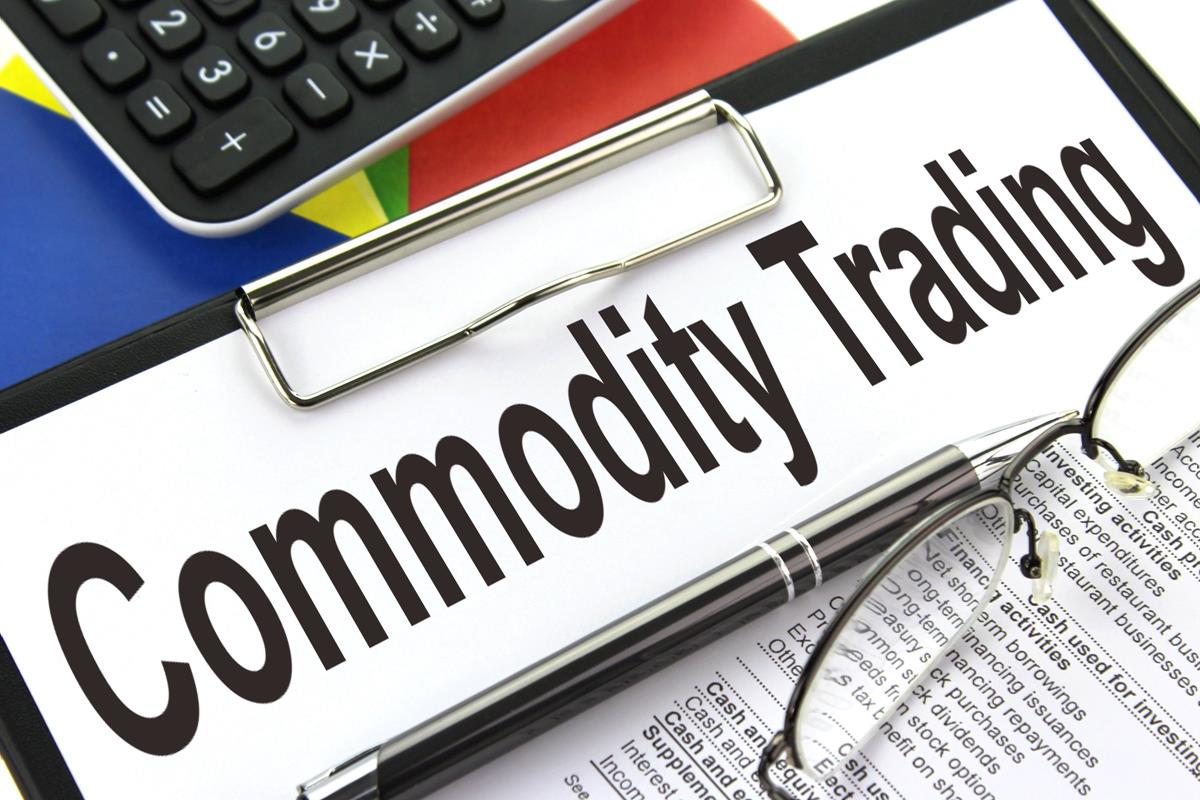Commodity trading offers a lot to those who want to earn money from commodities. At the same time, beginners struggle to find the right trading strategy to use.
This article provides the three most common and effective trading strategies for newbies. If you want to enter the world of commodity trading, make sure to give these strategies a shot.
Range Trading
You can use the range trading strategy in all financial markets. Most of the time, it builds about Bollinger bands or other channel-related tools that show you the resistance and support levels on a trading chart.
In a nutshell, this strategy requires you to find a range. You then buy at the support level where prices are at the bottom of the range. Then you sell at the resistance level at the top of the range.
Remember that the commodity market takes heavy influence from trading supply and demand. These bottoms and tops also take heavy influence from supply-demand dynamics.
Among the other similar indicators you can use are:
- Relative Strength Index
- Stochastics
- Momentum
- Rate of change
Of course, there are risks involved. Sometimes prices may remain at the bottom or top levels for a long time. This can hinder you from spotting the best entry or exit timing.
Trading Breakouts
Meanwhile, trading breakouts let you capitalize on short-term movements. Using this will allow you to gain from buying just before a commodity moves significantly higher. It also allows you to sell just before the commodity moves significantly lower.
You can also use support and resistance ranges when using this strategy. However, you don’t have to limit yourself to using those ranges.
Breakouts can happen anytime. If you are able to spot one at the right time, you will be able to gain from price movements for higher or lower.
The idea behind this strategy is that the market cannot continue moving without achieving new highs or new lows. That also tells you trading breakouts work best when the market has a strong trend that lasts for an extended period of time.
The caveat, needless to say, is that this strategy may not work well if the market fails to establish a strong trend.
Fundamental Trading
In spite of the name, fundamental trading uses both technical and fundamental indicators. Still, this strategy looks mainly of the fundamental side of the market.
Commodity fundamentals include weather and political factors. For instance, during dry seasons, a trader may buy more soybeans because he expects higher demand from the smaller supply of crop harvests.
Supply and demand dynamics also play a large role in this. For instance, the oil-producing cartel OPEC agreed to slash their production rates to curb supplies. The goal is to push prices higher. True enough, the decrease in supply of oil from these exporting countries has pushed oil prices to historical highs.
The downside to using the fundamental strategy is that it takes more time for research. And for many traders, it’s much easier to watch technical price movements than analyzing fundamentals to develop a forecast.











Comments